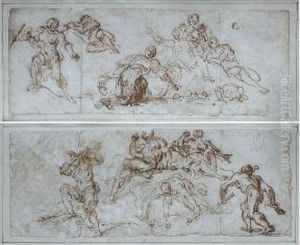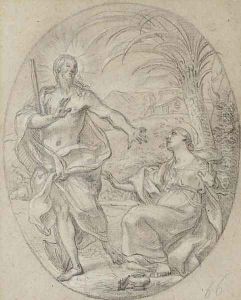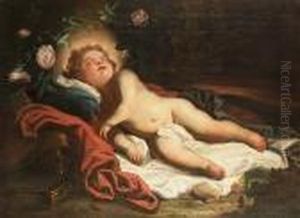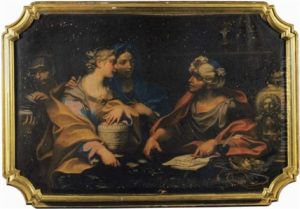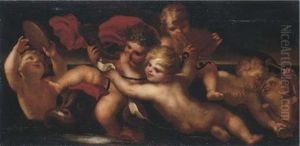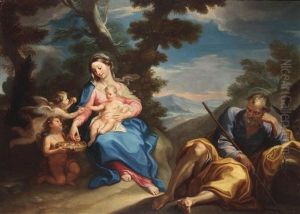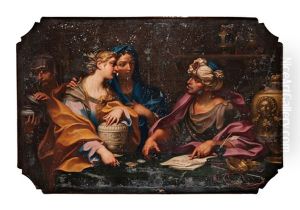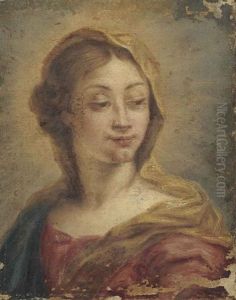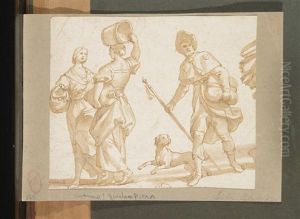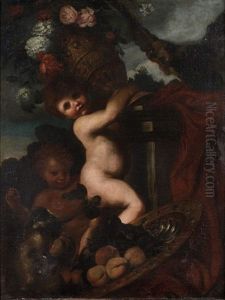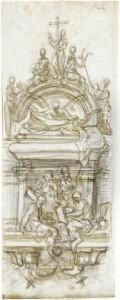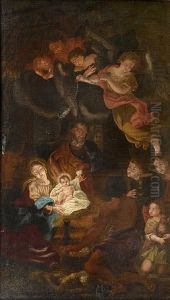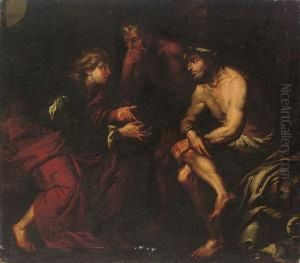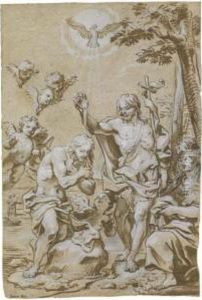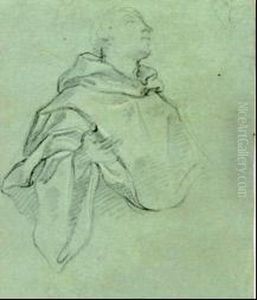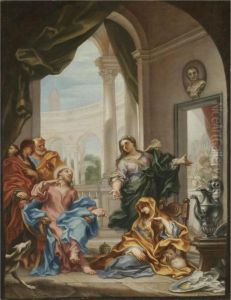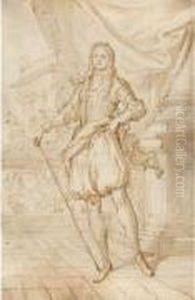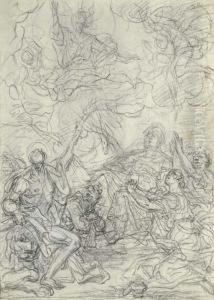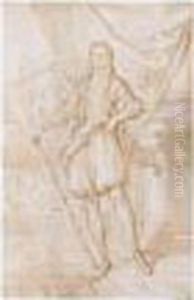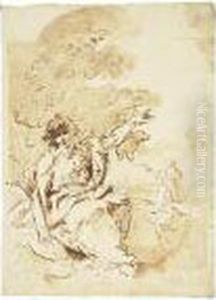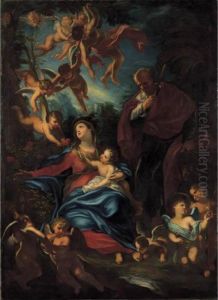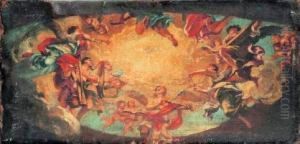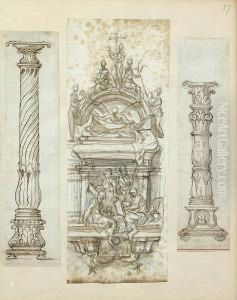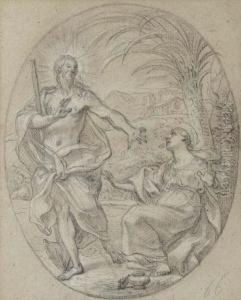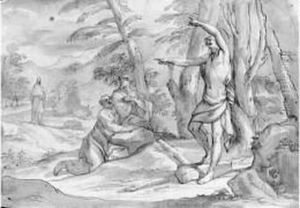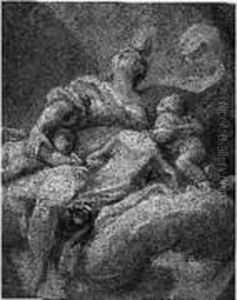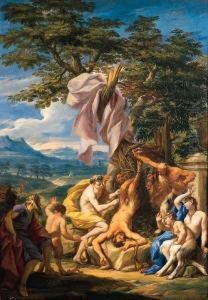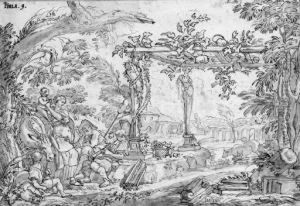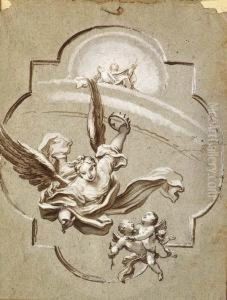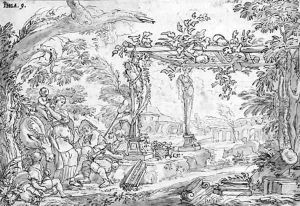Paolo Girolamo Piola Paintings
Paolo Girolamo Piola was an Italian painter born in Genoa in 1666. He belonged to the prominent Piola family of painters, which played a significant role in the artistic scene of Genoa during the 17th century. Paolo Girolamo was the son of Domenico Piola, one of the leading artists in Genoa at that time, and he was deeply influenced by his father's style and the Genoese Baroque tradition.
Following in his father's footsteps, Paolo Girolamo developed a style that combined the rich, dynamic Baroque sensibilities with a gentle and graceful touch. He was particularly known for his frescoes and altarpieces, which often featured religious themes, executed with a soft palette and an eye for detail that reflected the transition from the high Baroque to the more tender Rococo period that was to follow.
Throughout his career, Paolo Girolamo worked extensively for various churches and noble families in Genoa and its surroundings. His works are characterized by their dramatic use of light and shadow, a technique known as chiaroscuro, which was a hallmark of Baroque painting. He also displayed a talent for creating a sense of movement and emotion in his figures, a feature that made his religious scenes particularly poignant and effective.
Unfortunately, Paolo Girolamo Piola's career was cut short when he died in 1724, leaving behind a legacy that, while perhaps not as widely recognized as that of his father, Domenico, still represents an important link in the chain of Genoese painters who contributed to the evolution of Italian art. His works can still be admired in various locations in and around Genoa, offering a glimpse into the artistic transitions of the late 17th and early 18th centuries.
